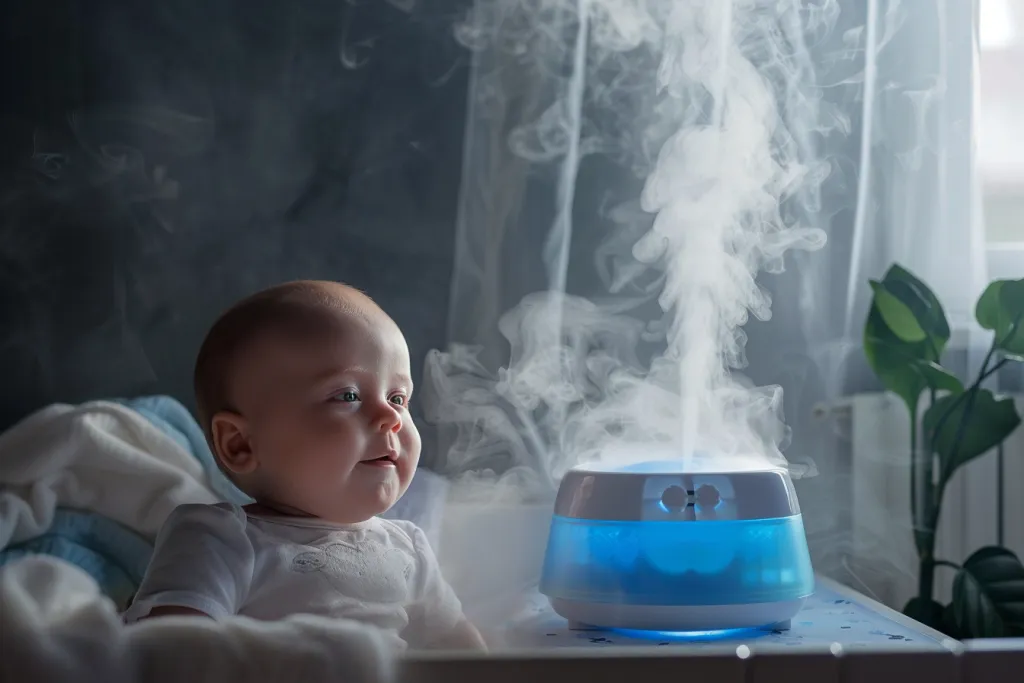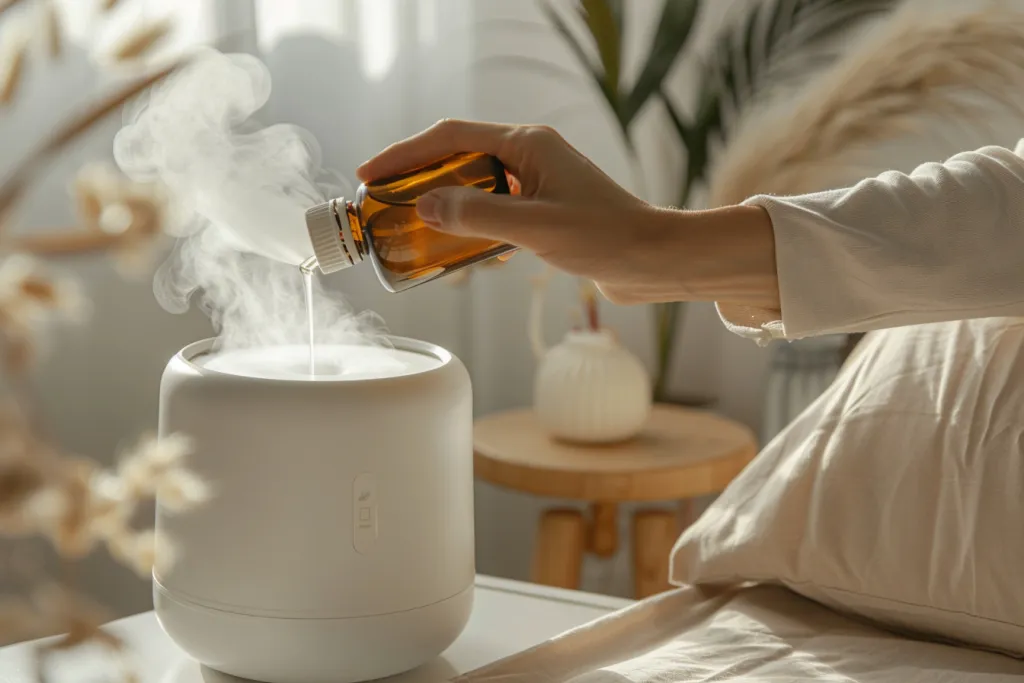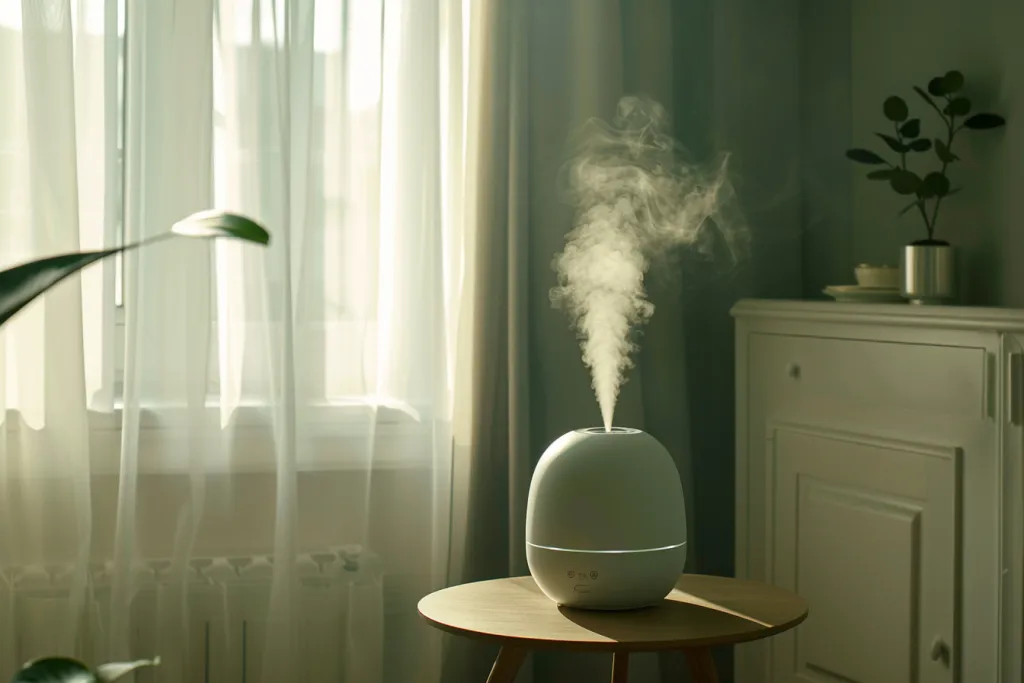As the seasons change, so does the air in our homes. Dry air can lead to a myriad of health issues, from respiratory problems to dry skin. Enter the humidifier, a device designed to add moisture to the air, making your living space more comfortable and healthy. In this article, we’ll dive deep into what a humidifier is, how it works, how to use it effectively, and how much you should expect to pay for one. Plus, we’ll explore the top humidifiers on the market today.
Table of Contents:
– What is a humidifier?
– How do humidifiers work?
– How to use a humidifier
– How much does a humidifier cost?
– Top humidifiers on the market
What is a humidifier?

A humidifier is a device that increases humidity (moisture) in a single room or an entire building. In the home, point-of-use humidifiers are commonly used to humidify a single room, while whole-house or furnace humidifiers, which connect to a home’s HVAC system, provide humidity to the entire house. The primary purpose of a humidifier is to prevent the discomforts caused by dry air, such as dry skin, nosebleeds, and aggravated respiratory passages.
How do humidifiers work?

Humidifiers operate on a few basic principles, depending on the type of technology they use. The most common types include ultrasonic, evaporative, steam vaporizer, and impeller humidifiers. Ultrasonic humidifiers use a vibrating metal diaphragm at an ultrasonic frequency to break water into tiny droplets, which are then released into the air. Evaporative models, on the other hand, use a fan to blow air through a wet wick or filter, evaporating water into the air. Steam vaporizers heat water to produce steam, which cools slightly before leaving the machine, while impeller humidifiers use a rotating disk to fling water at a diffuser, breaking the water into fine droplets.
How to use a humidifier

Using a humidifier starts with choosing the right model for your needs, considering the size of the space and the type of humidifier. After selecting a humidifier, it’s crucial to maintain proper cleanliness to prevent the growth of bacteria and mold. This means regular cleaning according to the manufacturer’s instructions, usually involving rinsing the tank and wiping down surfaces. Additionally, monitoring humidity levels with a hygrometer to ensure they stay within the healthy range of 30-50% is essential for preventing over-humidification, which can encourage the growth of mold and dust mites.
How much does a humidifier cost?

The cost of a humidifier varies widely based on its type, size, and features. Basic models can start as low as $20-$30, making them an affordable option for adding moisture to a small space. Mid-range models, which may offer larger capacity or additional features like UV sterilization, typically cost between $50 and $150. High-end models, especially those designed for whole-house humidification or with advanced features like smart home compatibility, can cost several hundred dollars. It’s important to balance your budget with your needs to find the right humidifier for you.
Top humidifiers on the market

When it comes to selecting the best humidifier, several models stand out for their efficiency, features, and user satisfaction. The Honeywell HCM-350 Germ-Free Cool Mist Humidifier is renowned for its germ-killing UV light, making it a great choice for health-conscious individuals. The Dyson AM10 is a high-end ultrasonic humidifier with a stylish design and precise humidity control, ideal for tech enthusiasts. For those needing to humidify larger spaces, the Vornado Evap40 offers powerful evaporative humidification with a simple, no-frills design. Each of these models offers a unique set of features to cater to different needs and preferences.
Conclusion:
A humidifier is an invaluable tool for maintaining a comfortable and healthy indoor environment, especially in dry climates or during winter months. Understanding how humidifiers work, how to use them properly, and what options are available on the market can help you make an informed decision that suits your needs and budget. Whether you’re looking for a simple solution for a small room or a sophisticated system for your entire home, there’s a humidifier out there for you.




